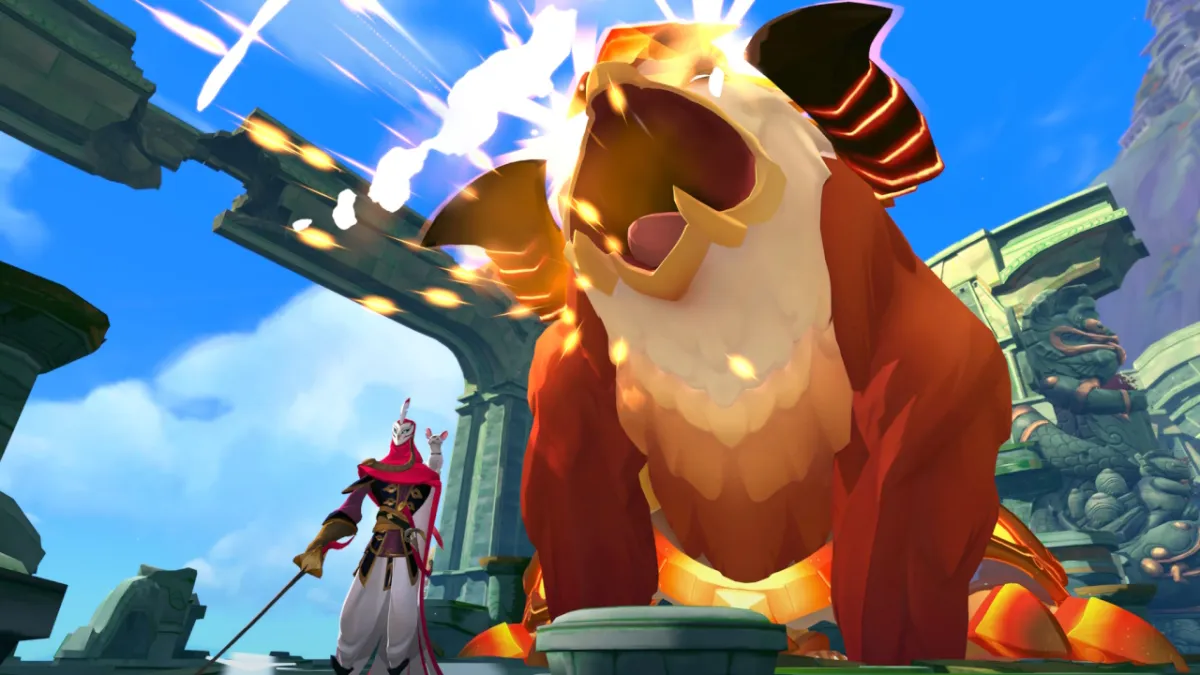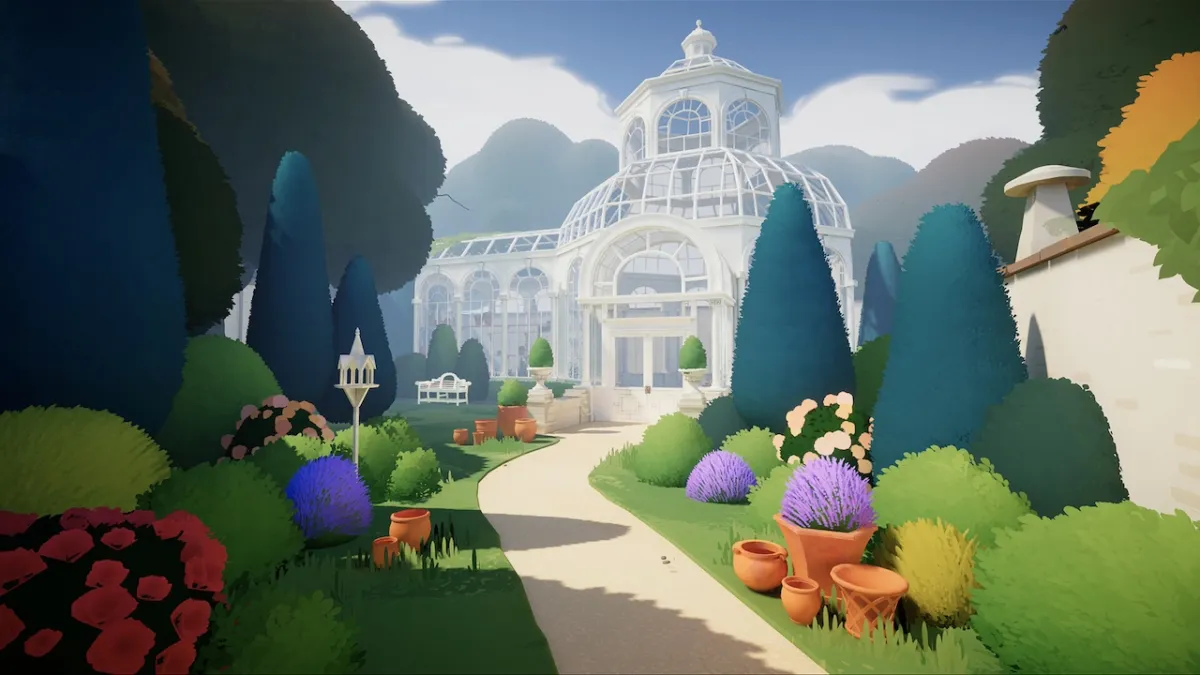To gamers of a certain age and bent, Strider Hiryu is one of the great heroes of gaming past. A ninja with a distinctive blue outfit (and sometimes a trailing red scarf), capable of climbing walls and ceilings, sent on a suicide mission to assassinate a tyrant? Fantastic. His weapon is an energy sword/tonfa that literally cuts enemies in half, so that’s another plus as far as most children at the time were concerned. As for the enemies he’s cutting in half – well, barring the basic soldiers and hovering drones, there’s a huge robot millipede armed with a sickle which is formed when a council of officers leap into each other. And a giant robot gorilla. If you cannot understand why pretty much everyone I knew at the time fell in love with this game, I can’t really help you.

You can’t actually see the game from this perspective when playing, but ooh, doesn’t it look stylish?
Strider – on the Mega Drive/Genesis, SNES, and arcade machines – was a fast-paced, incredibly beautiful, and brutally difficult action game. It was great. Strider Hiryu is great. So I’ve been a little sad that, barring Hiryu’s appearances in the Marvel vs Capcom series, Strider hasn’t had much attention of late.
Thankfully, Capcom apparently felt much the same, which is why they’ve just released this Double Helix-developed reboot/remake/reimagining/rewhatever. It recaptures the distinctive style of past Strider games, and deals with Hiryu infiltrating Kazakh City to assassinate Emperor Meio, but takes most of its gameplay cues from the NES title. By which I mean “it’s a Metroidvania.”
It’s a good Metroidvania, too, though that might not seem apparent at first. At the beginning of the game Hiryu is woefully underpowered, and “move forward while mashing attack” is about all there is to it. Once you start unlocking upgrades, though, things get a whole lot more interesting.

“… I’ve made a huge mistake.”
For instance: you start off with the Cypher, and that’s about it. You can jump and clamber up walls, but for the most part, you’re either attacking enemies by rapidly tapping your attack button, or you’re holding it down to charge up a more powerful strike that can break through enemy shields. It’s not too long before you get access to plasma upgrades for the Cypher (which change its properties), double-jump, thrown kunai, and a whole lot more.
The first Cypher upgrade you’ll get is the Reflect plasma, which lets you knock enemy ranged attacks back at them with a well-timed sword-swing. At this point, combat is less about running forward and tapping attack; you can destroy turrets by baiting out a blast and then knocking it back at them. Further abilities continue to increase both your options in combat and your mobility, and this reaches a height with a Cypher upgrade that lets you freeze enemies in place, and then use their frozen carcasses as stepping stones to help you reach higher locations.
So yeah, the Metroidvania stuff is good. There’s a regular and continual flow of new upgrades, ranging from new abilities to simple health or energy boosts. There are plenty of bits of concept art, mini-game challenges, or alternate costumes (well, alternate colours) hidden away in earlier areas, reachable only by backtracking and employing your new abilities. Sadly, most are just a case of “open the purple door with your new purple weapon type”, but there are a few goodies hidden away behind devilishly demanding platforming or combat sections.

The early appearance of the Ouroboros boss (minus its sickle) isn’t particularly tricky, but is a nice visual treat.
It’s also important not to underestimate how much fun can be had by simply doing things in a cool way. Running forward and tapping attack is boring. Killing two enemies by simultaneously knocking back the attack of one, while cutting the other in half, and then somersaulting into the air, freezing a drone in place, and using it as a stepping stone to reach a gun turret on the ceiling? Yeah. That’s quite brilliant.
Enemy design is, unfortunately, a bit underwhelming. The majority of your time is spent hacking up soldiers (who get different weapons later, like rockets or freeze guns), or drones (who get different weapons later, like rockets or freeze guns), or enemies with shields that have to be broken down (using different Cypher upgrades later on, like using the orange Cypher to break down orange shields). There are a smattering of bigger enemies that make their initial appearances as minibosses, too, but on the whole you’re mostly fighting the same enemies again and again. Thankfully, combat is enjoyable enough that this doesn’t really get overly tedious, and the varied positions and level designs mean that you still normally have to think about how best to approach each battle.
So, while not bearing much but an aesthetic resemblance to the arcade game, Strider is a perfectly solid Metroidvania romp that lets you backflip off walls and cut robots in half… although “perfectly solid” refers to the gameplay, not the build quality. This is not a good port.

Strider makes it very, very easy to feel like a terrifying badass.
Most basic PC demands, like adjustable resolution, are present and correct. Other basic PC demands like “a game that isn’t really quite buggy” are not.
An example: I have to start the game twice to actually get it to run. The first time, it just loads up a black screen and sits there until I manually close it from the Windows Task Manager. Run it a second time, and lo and behold, it works!
Another example: doing anything with the Steam overlay functionality – like shift-tabbing to talk to someone, or taking a screenshot – makes it hard lock. It didn’t actually do this the first time I ran it, which is why all of the screenshots I took are from early areas. Then I stopped taking screenshots, because they broke the game.
A further example: it quite likes to hard lock anyway. There are a few other, minor bugs, but none are really worthy of note; the bigger issue is the game exploding at inopportune moments.

Yup: this broke the game.
So, to amend my previous statement: when it works, Strider is a perfectly solid Metroidvania romp that lets you backflip off walls and cut robots in half. It knows its audience and is full of tongue-in-cheek references to all sorts of stuff; other than the fact that most bosses and characters (all of whom have over-the-top dialogue and chew the scenery to shreds) are from past Strider games, there are plenty of little verbal nods to things like Star Wars.
If it gets fixed up nicely, Strider will be an easy recommendation for anyone who wants to be an 80s-cool superninja, and I rather hope that’s everyone. Right now, though, my recommendation is a bit more guarded. The eight hours within provide good value for money and good fun, but only when the game isn’t infuriating you with technical issues.




